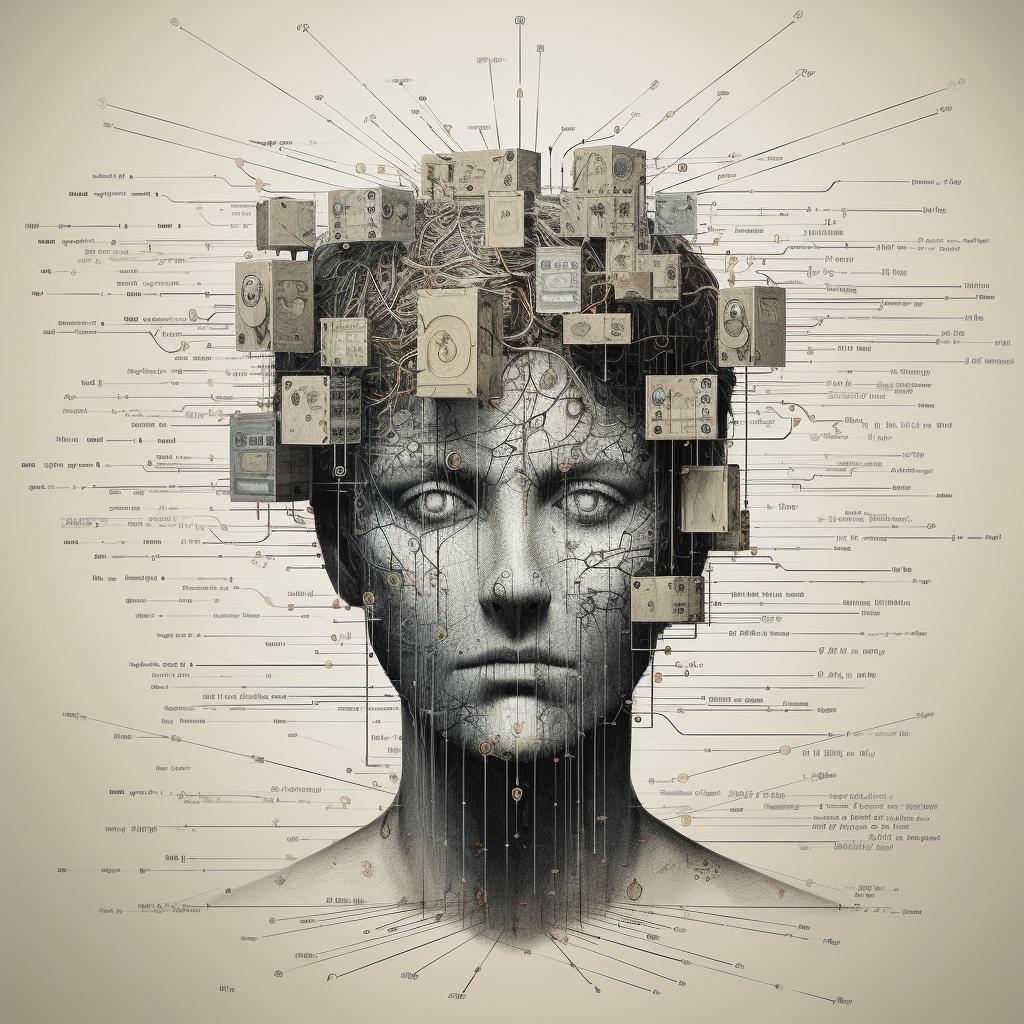Finally, a quick look into the preeminent learning method and technique used in Artificial Intelligence research and development is not complete without neural networks.
Neural networks, inspired by the human brain, form the backbone of most modern machine learning models. There are many types of neural networks, each with its own strengths, weaknesses, and areas of application. Here are a few key types:
Feedforward Neural Network (FNN).
This is the simplest type of artificial neural network. In this network, the information moves in only one direction— forward —from the input layer, through the ‘hidden’ layers (if any), to the output layer. There are no loops in the network; it is a straight, “forward” connection.
Multilayer Perceptron (MLP).
This is a type of feedforward neural network that has at least three layers of nodes: an input layer, a hidden layer, and an output layer. Each node in a layer is connected to each node in the next layer. These are widely used for solving problems that require supervised learning.
Convolutional Neural Network (CNN).
These are primarily used for image processing, classification, segmentation and also for other auto-correlated data. A CNN uses a variation of the multilayer perceptrons and contains one or more convolutional layers, pooling layers and then followed by one or more fully connected layers.
Recurrent Neural Network (RNN).
Unlike feedforward neural networks, RNNs have ‘feedback’ connections, allowing information to be passed from one step of the network to the next. This makes them ideal for processing sequences of data, like time series data, speech, or text.
Long Short-Term Memory (LSTM).
This is a special type of RNN that is capable of learning long-term dependencies in data. This is particularly useful in time series prediction problems where context is important for predicting future values.
Gated Recurrent Unit (GRU).
GRU is a type of RNN that is similar to LSTM but uses a different gating mechanism and is computationally more efficient.
Radial Basis Function Network (RBFN).
This is a type of feedforward neural network that uses radial basis functions as activation functions. It has an input layer, a hidden layer, and an output layer.
Generative Adversarial Network (GAN).
This is a class of machine learning systems invented by Ian Goodfellow and his colleagues in 2014. Two neural networks contesting with each other in a game in the form of a zero-sum game framework.
Self-Organizing Map (SOM).
This is a type of artificial neural network that is trained using unsupervised learning to produce a low-dimensional, discretized representation of the input space of the training samples, called a map.
Autoencoder.
This is a type of artificial neural network used for learning efficient codings of input data. It is an unsupervised method of learning, where the network is trained to output a copy of the input. This forces the hidden layer to form a compressed representation of the input.
These different types of neural networks are designed to process different types of data, and they have different strengths and weaknesses. The choice of which to use depends on the nature of the problem you are trying to solve.












